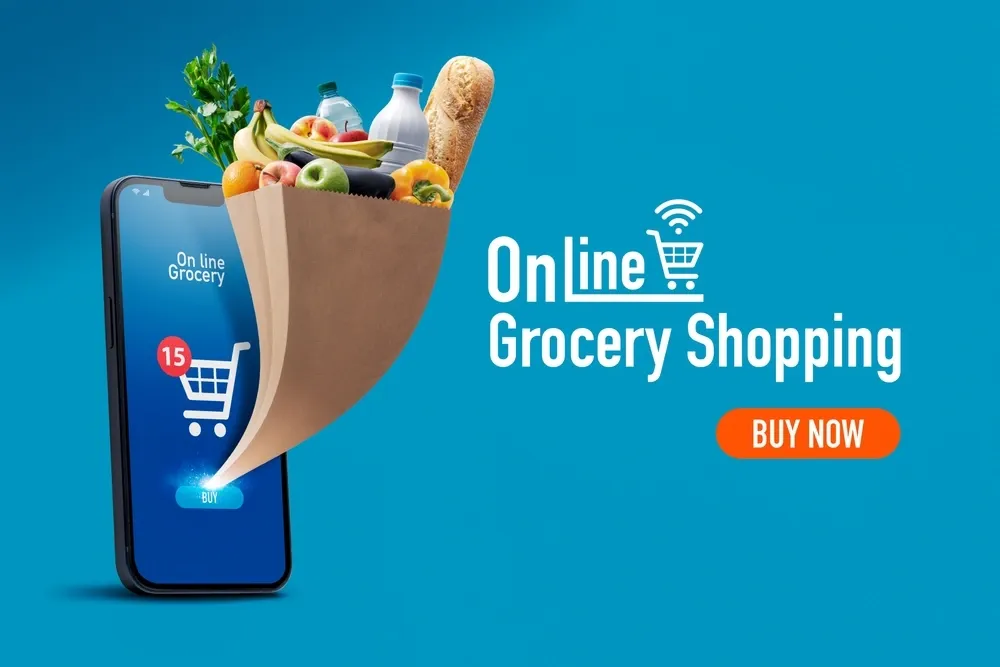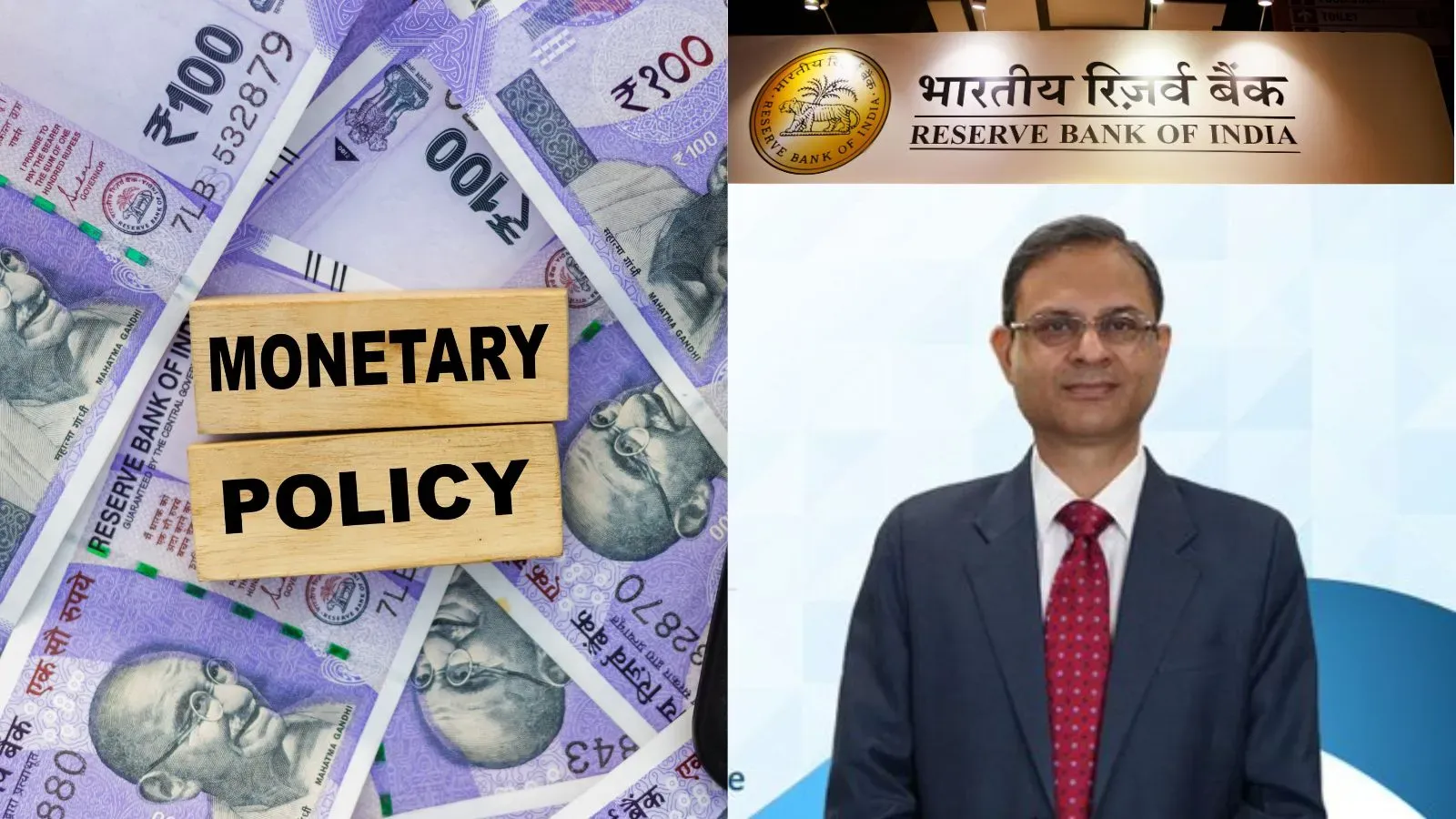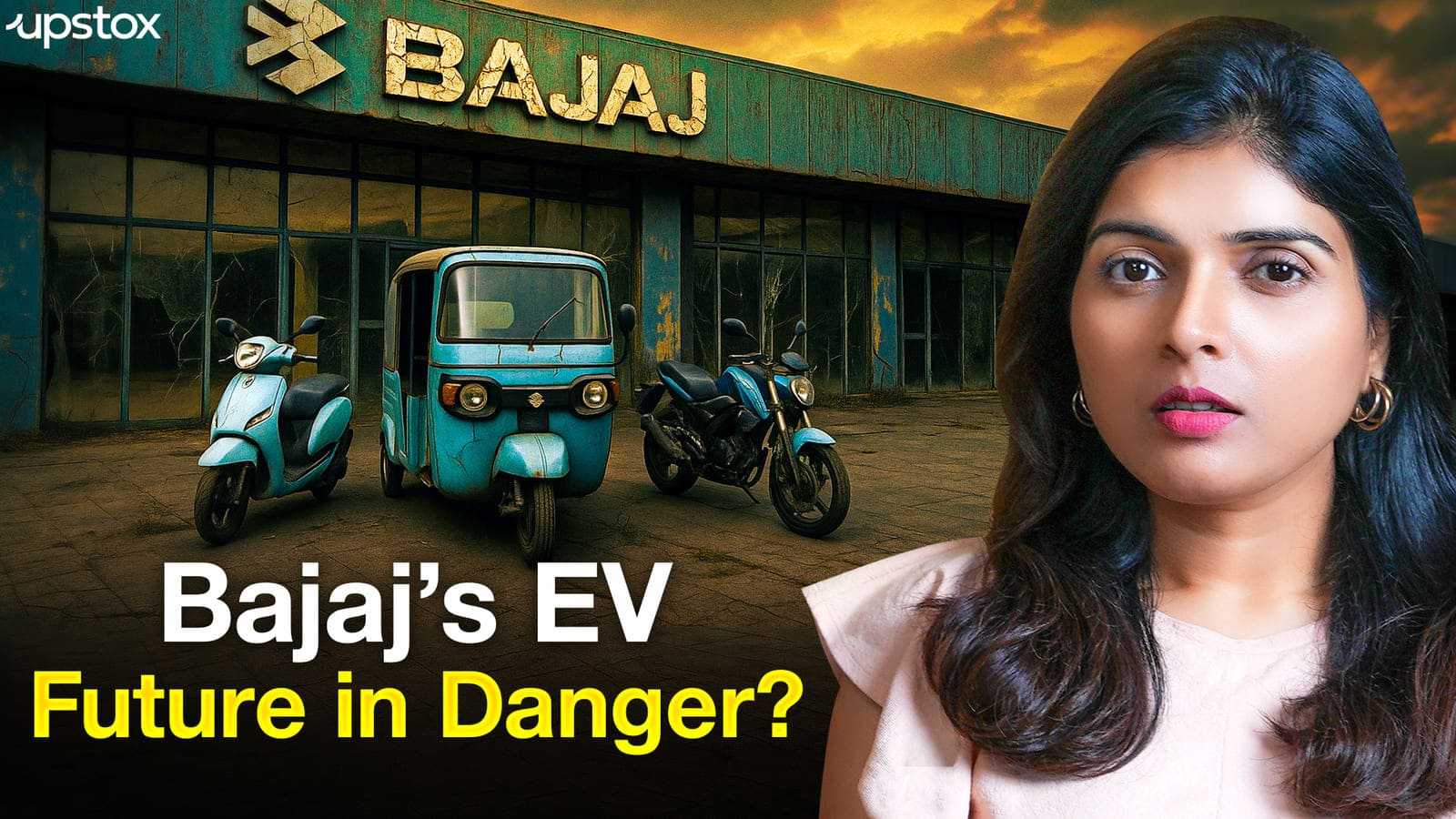Business News
Quick Commerce captures 25% of regular kirana shopping; market projected to hit $40 bn by 2030
.png)
3 min read | Updated on November 14, 2024, 16:43 IST
SUMMARY
According to Datum Intelligence, 67% of consumers now spend over ₹400 per order on quick commerce platforms, and many are moving away from traditional kirana stores as a result.

Speed and savings: quick commerce delivery apps compete with local kiranas by cutting out middlemen in India’s grocery market.
With big players like Blinkit leading the charge, quick commerce is growing faster than even the organised retail sector, becoming the go-to for online grocery shopping.
Datum’s report suggests that quick commerce isn’t just for last-minute top-ups anymore; it's quickly becoming a habitual way to shop.
About 75% of online grocery shoppers report more unplanned purchases over the past six months, with nearly 53% now ordering at least five times a month. And 67% of these shoppers spend over ₹400 per order.
This shift is already affecting kirana stores. Nearly half of quick commerce users say they’re buying less from kirana shops, and 82% of users have moved at least 25% of their regular kirana shopping to quick commerce platforms.
"Nearly half (46 per cent) of respondents report reduced spending at Kirana shops, indicating a shift in customer behavior towards quick commerce platforms," the report said.
For some, the transition is complete—5% have stopped visiting kirana stores altogether. By 2024, this shift is expected to pull $1.28 billion away from kiranas.
According to Datum’s projections, India’s quick commerce market is expected to reach $40 billion by 2030.
"The swift acceptance of quick commerce among consumers demonstrates a clear willingness to pay for the convenience of immediate, ondemand purchases," it noted.
Despite these changes, the grocery market as a whole is expanding, expected to grow from $570.3 billion in 2023 to $818.3 billion by 2028. This growth—driven by population, urbanisation, and rising disposable incomes—means the grocery sector will add around $250 billion in new sales over the next five years, clocking a 7.5% CAGR.
Quick commerce’s appeal in India lies in its perfect match with Indian shopping patterns—high-frequency, small purchases, a staple of how people buy groceries here. In a market where households have limited kitchen storage and need a variety of items at short notice, quick commerce’s fast service fits right in. Typical orders are small, usually 5-10 items, including fresh produce and daily essentials.
Platforms like Zomato, with fulfillment rates above 99% and an average delivery time of 12.5 minutes, have set high standards in reliability and speed. By sidestepping the multi-layered margins of traditional retail—where 25% margins are divided among wholesalers, distributors, and retailers—quick commerce can retain just 10-15% and pass the rest of the savings on to consumers, according to the report.
Conducted in October 2024, the study derived insights from a survey of 3,000 adults across 10 Indian cities, in-depth interviews with industry stakeholders and experts, kirana shop owners, market data, broker reports and media reports.
By signing up you agree to Upstox’s Terms & Conditions
About The Author
Next Story

